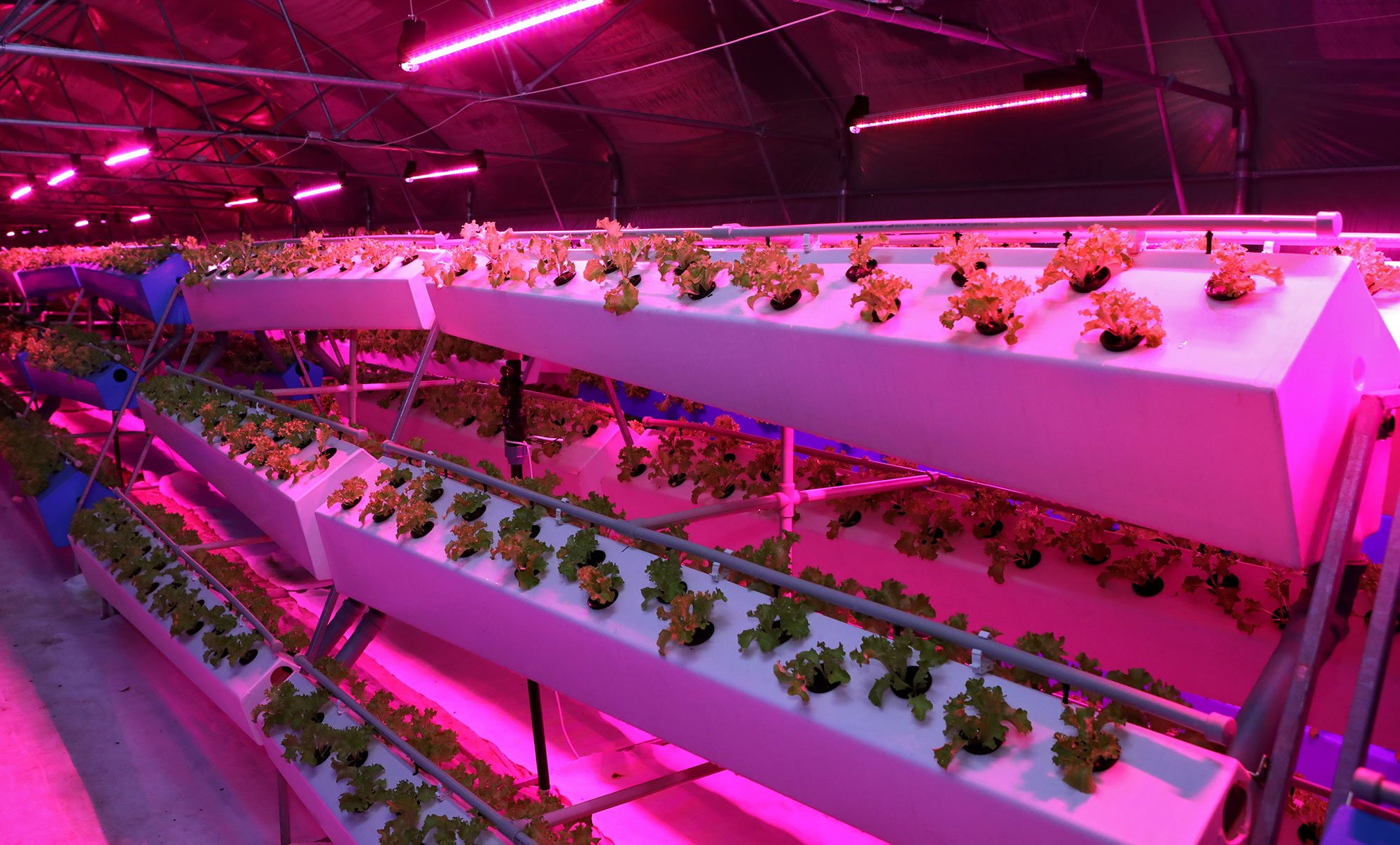
Background
The current global trends are characterized by a complex matrix of constraints that include economic uncertainties, food insecurities, COVID-19 pandemic and tightened net-zero emission targets (for addressing the climate crisis). This calls for the development and adoption of evidence-based and policy-oriented interventions that foster sustainable and inclusive economic transitions in the Industrial 4.0 era.
The adverse impacts of the 4th Industrial Revolution on environmental and livelihood sustainability is increasingly gaining traction amongst researchers, policy-makers and other industry stakeholders. The International Resources Panel estimates that resource usage has tripled since 1970 and could double by 2050. This can be attributed to the linearity of our economic models which are centred on a ‘take-make-use-dispose’ protocol. In total, 100 billion tons of raw materials in the form of metals, fossil fuels, minerals, plant, and animal matter are used annually by the global economy. However, recent studies have shown that only 8.6% of these materials are recycled.

The incorporation of the Circularity Agenda in the National Adaptation Plans (NAPs) is an urgent need since 50% of GHG emissions are associated with material flows between mining and manufacturing processes. In the words of Dr Martin Luther King, Jr. ‘the time is always right to do what is right’. It is, therefore, imperative to establish platforms that advocate for transitions – in the direction of circularity – in the wake of climate change and its associated adverse effects. Furthermore, a shift towards a comprehensive circular economic model is necessary for minimizing environmental degradation and biodiversity loss in a way that guarantees the sustainability of future businesses. Circular Economy (CE) is the most feasible and sustainable alternative to the conventional linear economic model (Geissdoerfer et al., 2017; Ranta et al., 2018).
Circular Economy
Circularity, as defined by the European Union Commission, is a “model of production and consumption, which involves sharing, leasing, reusing, repairing, refurbishing and recycling existing materials and products as long as possible.” The CE model sought to scale-up economic transitions through innovations in production, resource consumption, transformation and value recovery waste. Ellen MacArthur Foundation described CE as “one that is restorative by design and which aims to keep products, components, and materials at their highest utility and value at all times.”

The adoption of CE on a global scale should be prioritized and promoted in order to ensure sustainability of our economic and environmental systems. Moreover, studies have reported that, CE can assist us in tackling 45% of global GHG emissions and present an economic opportunity of US$4.5 trillion. The EU Parliament coined and adopted the Circular Economy Action Plan as a policy reorientation for creating a sustainable, carbon-neutral, toxic-free and entirely circular economy by 2050.

Platform for Accelerating the Circular Economy
The Platform for Accelerating the Circular Economy (PACE) which is hosted by the World Resources Institute is a global partnership that was formed to drive action towards the adoption of the CE model. PACE’s Circular Economy Action Agenda sheds light on how we can pivot away from linearity and move towards circularity. The agenda contains five articles: food, plastics, textiles, electronics and equipment. PACE is currently promoting the circularity agenda through various initiatives that cover the five articles in detail. In this context, PACE convened a webinar on the 4th of February 2021 under the caption ‘Time to Act: The Circular Economy Action Agenda’. The virtual session encompassed keynote presentations, interactive dialogues, and panel discussions covering evidence-based and sustainable pathways of integrating circular economy into the climate action agenda.
Circular Economy for Electronics
The United Nations (UN) reports that over US$10 billion worth of metals are disposed of annually as e-waste. Circularity for electronics prioritizes solutions that close the loop on our current ‘take-make-use-dispose’ linear model and recover value for e-waste.

Accelerating just and fair transitions in the circular economy for electronics is dependent on the adoption of novel technological innovations and business models. Such interventions include:
a. Electronic products made from recyclable materials (for instance the Project Ara and Fairphone.
b. Synergistic partnerships across business systems to identify opportunities for e-waste repurposing, such as carbon fiber re-use in soccer pad making.
c. Reverse business models that recover value from second-hand products by retrieving, servicing, and resale, such as the mobile phone take-back programmes – AT&T Trade-in Program and Swappie.
Conclusion
Circularity is a restorative and decentralized concept which encourages the growth of economies that are socially and environmentally sustainable. Forging such an economic course – that is truly cyclical involves multi-stakeholder and global cooperation.
References
Geissdoerfer, M., Savaget, P., Bocken, N. M. and Hultink, E. J. (2017) ‘The Circular Economy–A new sustainability paradigm?’, Journal of cleaner production, 143, pp. 757-768.
Ranta, V., Aarikka-Stenroos, L., Ritala, P. and Mäkinen, S. J. (2018) ‘Exploring institutional drivers and barriers of the circular economy: A cross-regional comparison of China, the US, and Europe’, Resources, Conservation and Recycling, 135, pp. 70-82.
